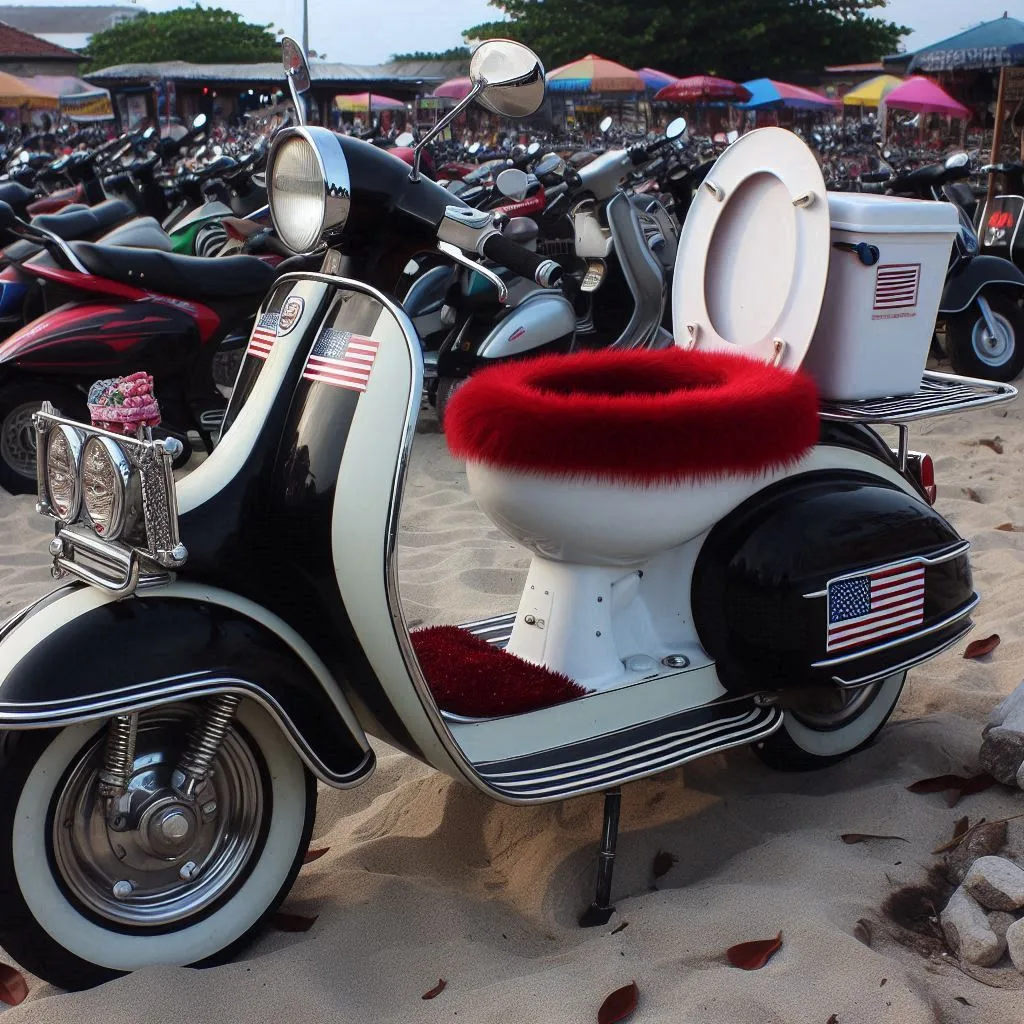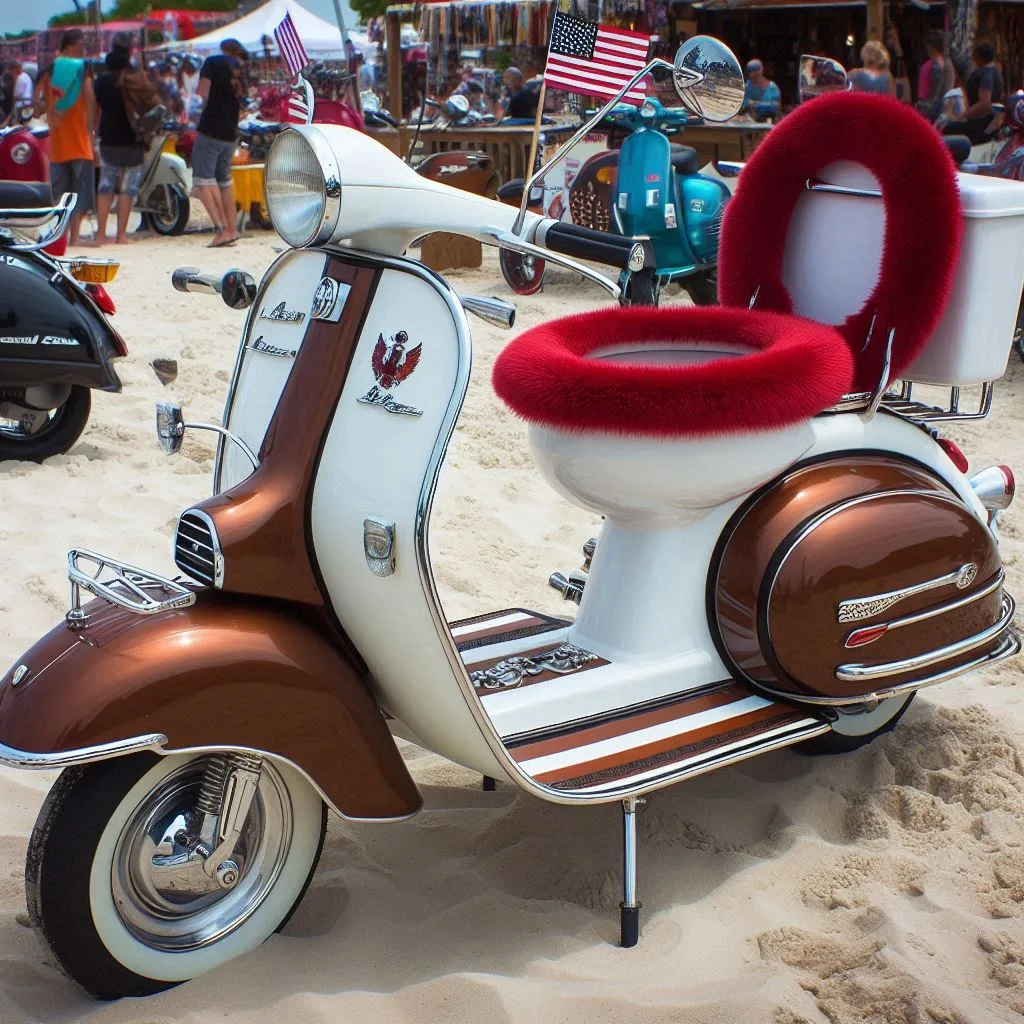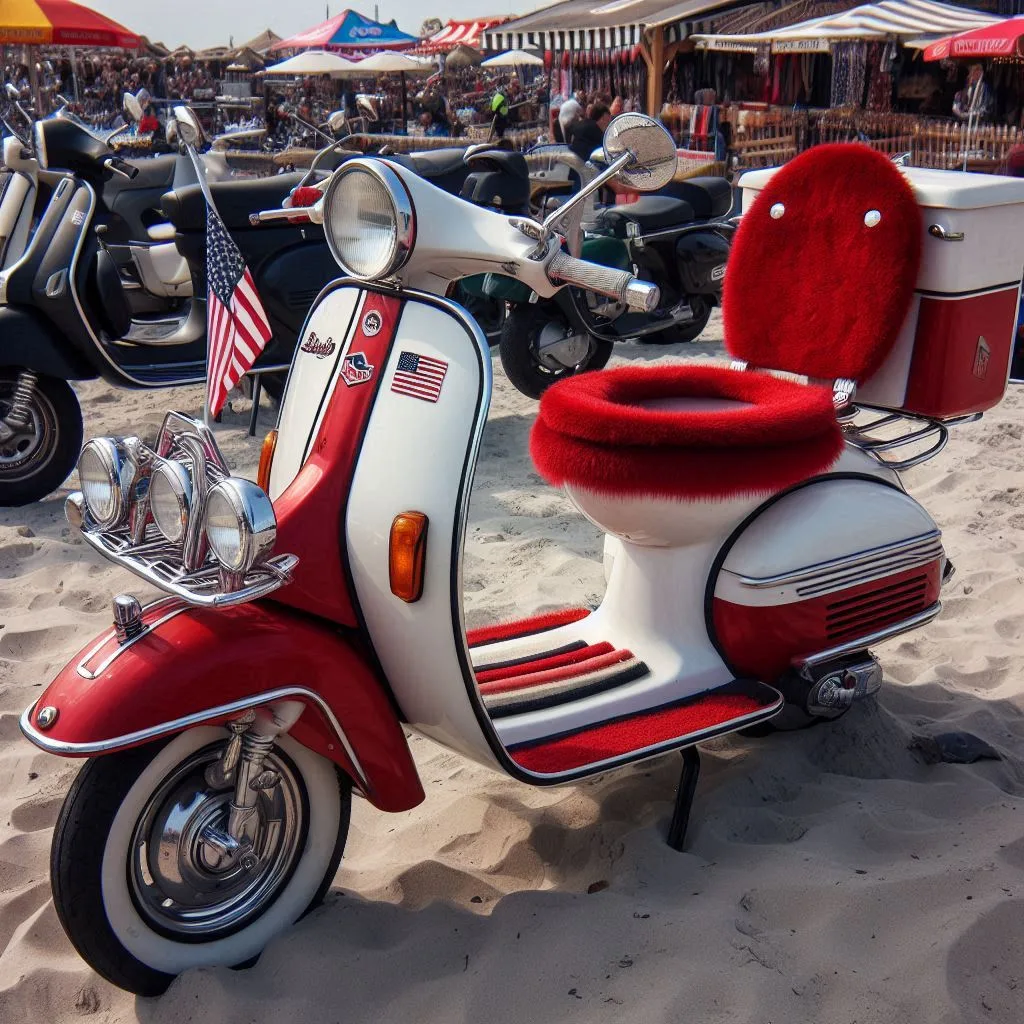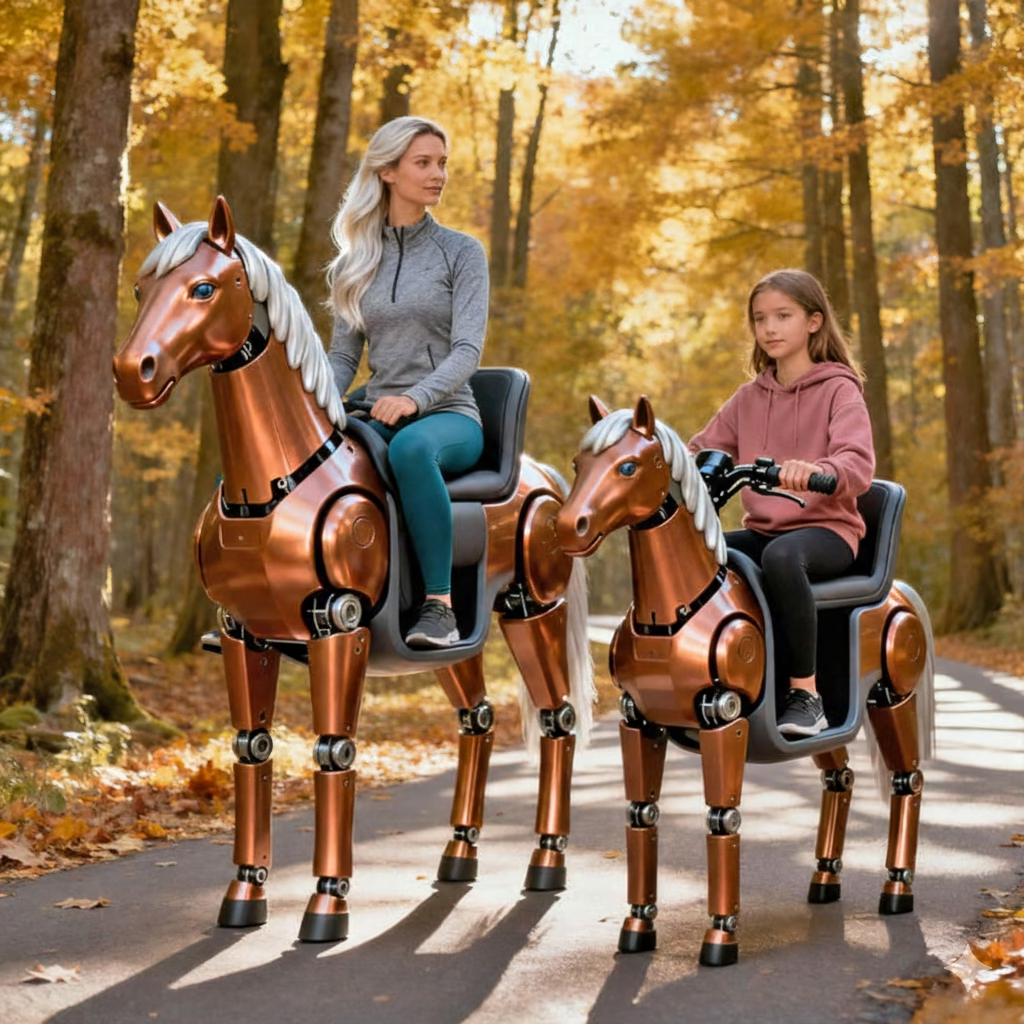In a quirky twist of innovation, the latest trend in urban mobility combines the convenience of a scooter with the unexpected comfort of a toilet seat. Yes, you read that right – a scooter with a toilet seat! This unconventional fusion is turning heads and raising eyebrows as it offers a unique and surprisingly functional solution for short-distance travel. The marriage of these two seemingly unrelated items brings a whole new meaning to the concept of portable comfort. Stay tuned as we delve into the fascinating world where scooters meet toilet seats, exploring the history, benefits, and practicality of this unconventional yet intriguing invention.
Hygiene Risks of Scooter Use

Public scooters harbor high levels of bacteria, surpassing even toilet seats in contamination. The lack of proper cleaning routines on public scooters escalates hygiene concerns.
Personal scooters, although not immune to bacteria, generally maintain lower levels compared to their public counterparts.
Shared scooters, especially during health crises like the Covid-19 pandemic, pose significant risks due to potential cross-contamination.
The absence of stringent cleaning measures on shared scooters heightens the chances of spreading infections among users.
- Public scooters have been found to carry a wide range of bacteria, including harmful pathogens.
- Personal scooters, being less exposed to various users, tend to host fewer bacteria.
Using shared scooters during health crises like Covid-19 can exacerbate the spread of viruses and bacteria.
Riders inadvertently come into contact with contaminated surfaces, increasing the risk of contracting illnesses.
- Shared scooter companies often lack consistent cleaning protocols, leaving users vulnerable to infections.
- Regular disinfection of shared scooters is crucial in preventing the transmission of diseases.
Inadequate cleaning practices on shared scooters can lead to widespread contamination, posing health hazards to riders.
During health emergencies, such as pandemics, the need for stringent hygiene measures becomes paramount.
Handlebar Germs vs. Toilet Germs

Scooter handlebars harbor sneaky germs that can rival the bacterial load found on toilet seats. Studies reveal much bacteria dwelling on handlebars, comparable to germy household surfaces like toilets. The germ study highlights the presence of dangerous bacteria on both scooters and toilets.
The type of bacteria residing on scooter handlebars mirrors those on toilet seats, including major microbe hosts such as gram-negative rods and positive rods. These bacteria, like bacillus, can lead to infections if not properly sanitized. Despite being unexpected, scooter handlebars serve as significant carriers of harmful microbes.
Daily interactions with scooter handlebars surpass those with toilet seats, intensifying the exposure to potential health hazards. Individuals frequently touch scooter handles during commutes or leisure rides, unknowingly transferring and acquiring bacteria. This constant contact elevates the risk of contracting infections from these germ-laden surfaces.
- Pros:
- Increased awareness of hygiene practices
- Potential reduction in infections through improved sanitization
- Cons:
- Heightened concerns over public surface cleanliness
- Greater emphasis on personal hygiene maintenance
Comparing the bacterial load between scooter handlebars and toilet seats underscores the importance of vigilance towards everyday surfaces. While toilet seats are conventionally associated with germs, scooter handlebars surprisingly host a similar array of harmful bacteria. This revelation necessitates heightened awareness and stringent sanitation measures to mitigate health risks associated with these unsuspecting carriers.
Design of Toilet Seat Scooters

Toilet seat scooters are revolutionizing the mobility industry by integrating a toilet seat into portable travel scooters like the M39 Mobility Scooter. This innovative design feature combines convenience and functionality for users.
The incorporation of a toilet seat in portable travel mobility scooters such as the M39 Mobility Scooter offers a unique solution to enhance user comfort and hygiene during travel. It provides users with the convenience of having a toilet readily available, ensuring their comfort and peace of mind.
The M39 Mobility Scooter quantity with built-in toilet seats caters to hygiene-conscious consumers who prioritize cleanliness and comfort while on the go. This design feature not only enhances user experience but also addresses the need for improved sanitation standards in mobility devices.
- Pros:
- Enhanced user comfort and convenience
- Improved hygiene standards for users
- Unique selling point for mobility scooter manufacturers
Incorporating a toilet seat in scooter models like the M39 Mobility Scooter presents a novel approach to addressing the needs of users who value both comfort and hygiene. By offering a practical solution for on-the-go toileting needs, these innovative designs are reshaping the landscape of portable mobility solutions.
- Cons:
- Potential increase in product cost due to added features
- Maintenance and cleaning requirements for the toilet seat component
The integration of a toilet seat in portable travel scooters not only enhances user experience but also opens up new possibilities for individuals with specific mobility requirements. This design innovation reflects a commitment to meeting diverse consumer needs in the mobility industry.
Toilet seat scooters represent a significant advancement in the field of portable travel mobility solutions, catering to users’ needs for comfort, convenience, and hygiene. The market appeal of these innovative designs is expected to grow among individuals seeking enhanced functionality and improved sanitary standards in their mobility devices.
Benefits of Toilet Seat Features

Toilet seat features on scooters offer enhanced hygiene benefits by providing a clean and sanitary surface for users. The inclusion of a toilet seat ensures that riders have a germ-free experience while using the scooter. This feature is especially crucial in public settings where cleanliness is essential.
Users can reduce anxiety about germs while riding scooters equipped with toilet seats. The presence of this feature gives individuals peace of mind, knowing that they are not exposed to harmful bacteria or viruses. By incorporating a toilet seat, scooter manufacturers prioritize user comfort and safety.
Individuals concerned about public health may be more inclined to use scooters with toilet seat features. The potential for increased usage rates among this demographic is high due to the added layer of protection against germs. This demographic values cleanliness and hygiene, making toilet seat-equipped scooters an attractive option for them.
- Enhanced hygiene benefits
- Reduce anxiety about germs
- Increased usage rates among health-conscious individuals
Toilet seat features on scooters contribute to a hygienic environment for users, promoting overall well-being and comfort during rides. Riders can enjoy a worry-free experience knowing that they are protected from harmful pathogens. This feature sets scooter models apart by prioritizing user health and safety.
The incorporation of toilet seats on scooters reflects a commitment to public health standards and cleanliness in shared transportation modes. By offering a sanitary seating option, scooter companies cater to the needs of users who value hygiene and seek reassurance when using public facilities. This proactive approach enhances the overall user experience.
Users who prioritize cleanliness and germ prevention appreciate the convenience of having a toilet seat on scooters. This feature addresses their concerns about bacterial exposure in shared spaces, ensuring a more pleasant and stress-free commuting experience. By addressing these hygiene-related worries, scooter manufacturers attract a broader range of riders.
Drawbacks of Toilet Seat Features

Practicality: Scooters with toilet seat designs may face challenges in outdoor environments due to their unconventional appearance and limited functionality. Users might feel self-conscious or embarrassed riding these scooters in public spaces.
Durability: The specialized toilet seat features on scooters could be less durable compared to traditional scooter designs. The added weight of the toilet seat might impact the scooter’s overall weights, potentially leading to quicker wear and tear.
Cost Implications: Producing scooters with toilet seat features can significantly increase manufacturing costs. The unique design elements and materials required for the toilet seat could result in higher retail prices for consumers.
- Limited practicality in outdoor settings
- Decreased durability due to added weight
- Increased manufacturing costs and higher retail prices
Keeping Scooters Clean and Safe

To maintain cleanliness and safety, it is crucial to sanitize both personal and public scooters regularly. Public scooters, especially rental ones, are used by numerous people daily, increasing the risk of germ transmission. Sanitizing wipes can effectively clean scooter handles and handlebars before use.
Implementing mandatory cleaning schedules for rental scooter companies is essential to ensure that the scooters are regularly disinfected. This practice helps in preventing the spread of germs and viruses among users. Regular cleaning also prolongs the lifespan of the scooters, ensuring a better user experience.
Users are encouraged to carry sanitizing wipes for personal use when using scooters. Before and after riding, wiping down the scooter handles and other touchpoints can significantly reduce the risk of contamination. Personal hygiene practices play a vital role in maintaining a safe and clean environment for all users.
- Pros:
- Effective in preventing germ transmission
- Prolongs the lifespan of scooters
- Enhances user experience by ensuring cleanliness
- Cons:
- Requires additional effort from users
- May not be feasible for all users to carry sanitizing wipes
When it comes to personal bikes, electric bikes, and other forms of personal transportation, similar cleaning practices should be applied. Regularly sanitizing bike handles and seats can help prevent the spread of germs and maintain a hygienic environment for riders.
Encouraging users to adopt easy cleaning habits not only benefits their health but also contributes to the overall cleanliness of public spaces. By taking simple steps such as carrying sanitizing wipes and following cleaning guidelines, individuals can actively participate in promoting a safer environment for everyone.
Handwashing Tips for Scooter Users

After using a scooter, it’s crucial to maintain good hand hygiene to prevent the spread of germs. Occasional wipe your hands with a disinfectant after touching any surfaces, including the scooter’s handlebars.
Remember to wash your hands thoroughly with soap and water for at least 20 seconds. Scrub all areas, including between fingers and under nails. Use a toothbrush holder to keep your toothbrush clean and germ-free.
In situations where soap and water are not available, consider using hand sanitizers containing at least 60% alcohol. Apply a dime-sized amount on your hands and rub them together until dry. Ensure you cover all surfaces of your hands.
To further minimize the risk of germ transfer, make it a habit to wash your hands before eating or touching your face after riding the scooter. This simple practice can help prevent illnesses and keep you healthy.
Health Risks from Public Scooters
Public scooters, commonly found in urban areas, pose several health risks to users. One significant danger is the potential transmission of bacterial infections. These infections can be easily spread through contact with contaminated surfaces on the scooter.
In crowded urban areas, the risk of spreading illness through shared scooter usage is high. The close proximity of individuals in bustling cities increases the likelihood of disease transmission. When multiple people use the same scooter without proper sanitization, it becomes a breeding ground for harmful bacteria.
Maintaining Hygiene on Public Scooters
Public scooters, like any other form of public transportation methods, can harbor various germs and bacteria. Regular cleaning is essential to prevent the spread of illnesses. Riders should be vigilant about the cleanliness of scooters they use.
Offenders mass transit vehicles, such as scooters, pose a risk of transmitting infections due to frequent touch by multiple users. It is crucial for riders to take precautions to minimize exposure to harmful pathogens.
To ensure a clean riding experience, users should report any unclean scooters to rental companies promptly. By alerting authorities, riders can contribute to maintaining hygiene standards and preventing the spread of diseases.
Community awareness campaigns play a vital role in educating the public about the significance of scooter hygiene. These initiatives can highlight the importance of personal hygiene practices and encourage individuals to take responsibility for keeping shared scooters clean.
Partnerships between scooter companies and health organizations can lead to improved cleaning standards and protocols. By collaborating with experts in public health, scooter providers can implement effective strategies to enhance cleanliness and minimize health risks for riders.
Regular cleaning schedules should be established for public facilities like scooters to ensure thorough disinfection and sanitization. By following strict cleaning protocols, scooter companies can create a safer environment for commuters and reduce the transmission of illnesses.
Encouraging riders to practice good hygiene habits, such as using sanitizing wipes before riding a scooter, can help prevent the transfer of germs. Simple actions like wiping down handles and seats before use can significantly reduce the risk of contamination.
Educating riders about the potential health hazards associated with unclean scooters is essential for promoting a culture of cleanliness and responsibility among commuters. By raising awareness about hygiene practices, individuals can make informed decisions to protect their health while using public transportation methods.
Final Remarks
Maintaining hygiene while using scooters, especially those with toilet seat features, is crucial for your health. Understanding the risks associated with shared scooter use and being aware of the potential germs these devices harbor can help you take proactive steps to protect yourself. Remember to regularly clean and sanitize your scooter, wash your hands frequently, and be mindful of the surfaces you come in contact with. By practicing good hygiene habits, you can minimize the health risks associated with using public scooters.
ext time you hop on a scooter, keep these hygiene tips in mind to stay safe and healthy. Your well-being is in your hands – take the necessary precautions to enjoy the convenience of scooter rides without compromising your health.










